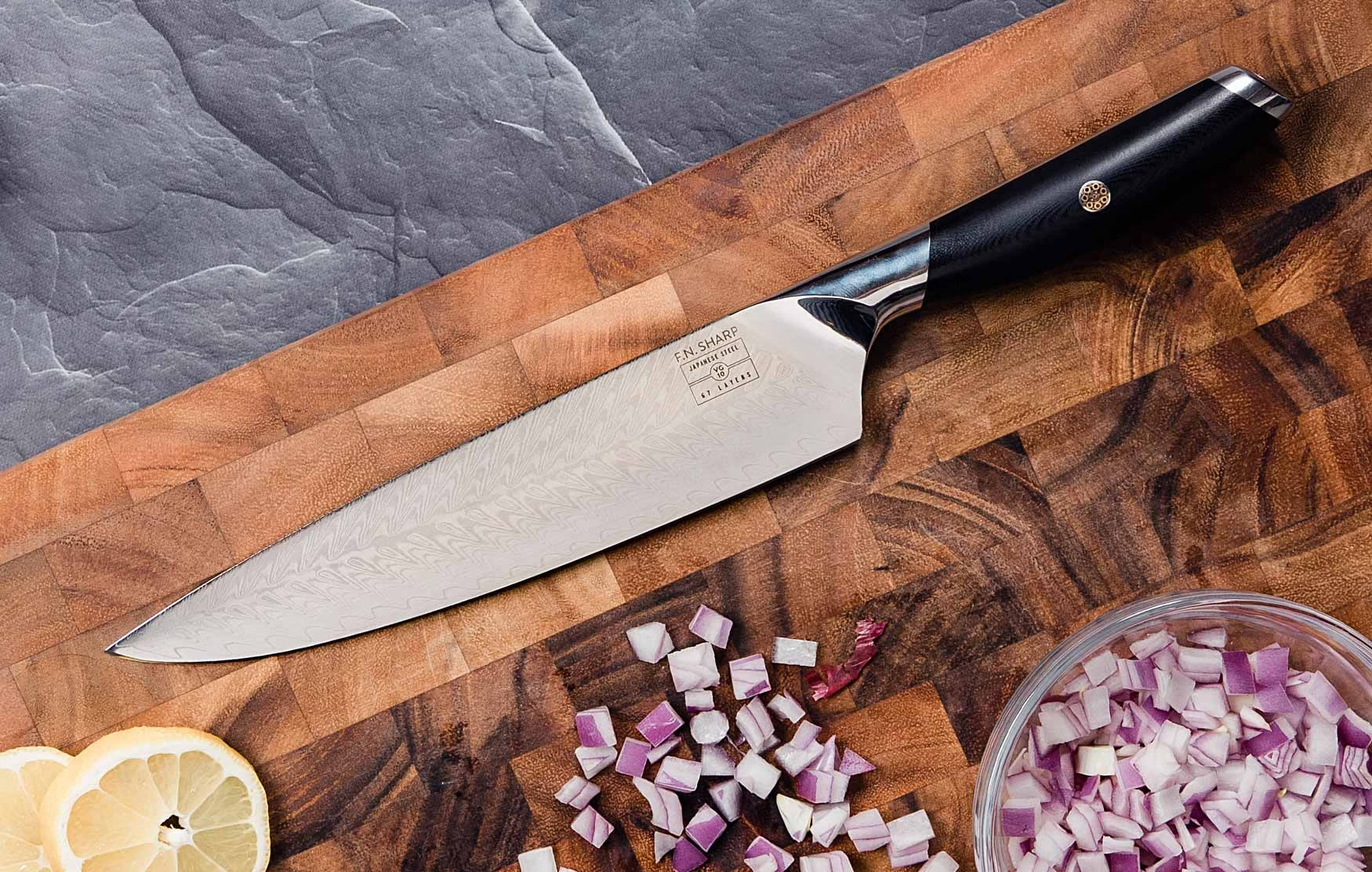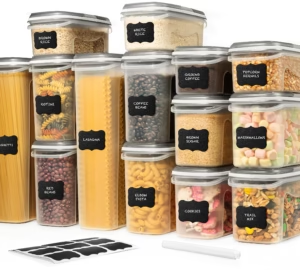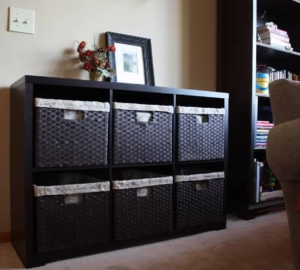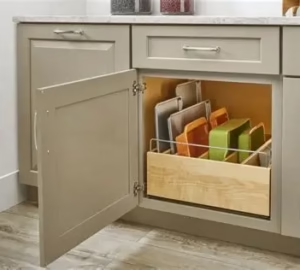Every passionate cook in Kenya knows that a sharp knife is not just a tool; it’s an extension of their hand, enabling precision, efficiency, and safety in the kitchen. Among all kitchen knives, the chef’s knife stands supreme – the versatile workhorse capable of mincing garlic for sukuma wiki, dicing onions for pilau, slicing succulent nyama choma, and chopping hearty vegetables for githeri. Investing in the best chef’s knife in Kenya for your needs can truly transform your cooking experience.
At Retail Place, we believe in empowering home cooks with the right knowledge to choose quality tools. This comprehensive guide will delve into what makes a great chef’s knife, key features to consider, and where you can find these essential culinary instruments in Nairobi and across Kenya.
Why the Chef’s Knife is Your Kitchen MVP
A good chef’s knife, typically 8 to 10 inches long (though smaller and larger sizes exist), is designed to handle about 90% of your kitchen tasks. Its unique curved blade allows for a “rocking” motion, making chopping, dicing, and mincing efficient and less tiring.
Here’s why investing in a quality chef’s knife is crucial:
- Precision Cuts: A sharp, well-balanced knife delivers clean, precise cuts, enhancing the texture and appearance of your ingredients.
- Efficiency: Glide through ingredients with minimal effort, saving time and energy during meal prep.
- Safety: A sharp knife is actually safer than a dull one! It requires less force, reducing the chance of the knife slipping and causing accidents.
- Versatility: From meats to vegetables, herbs to fruits, a good chef’s knife is your all-in-one solution.
- Durability: High-quality knives are built to last for years, even decades, with proper care.
Key Features to Look for in the Best Chef’s Knife
When you’re ready to find your perfect chef’s knife in Kenya, consider these essential attributes:
1. Blade Material and Sharpness
- High-Carbon Stainless Steel: This is the most common and recommended material for home cooks. It combines the rust-resistant properties of stainless steel with the edge retention and ease of sharpening of carbon steel.
- German Steel (e.g., X50CrMoV15): Known for its durability, toughness, and ability to hold a sharp edge, often hardened to around 56-58 Rockwell (HRC). These knives tend to be heavier and more robust. Brands like Wüsthof and Zwilling J.A. Henckels are famous for this.
- Japanese Steel: Often harder (60+ HRC) and thinner, allowing for a razor-sharp edge. They are usually lighter and excel at precise, delicate cuts but can be more brittle if misused.
- Forged vs. Stamped Blades:
- Forged: Made from a single piece of steel heated and hammered into shape. They typically have a bolster (the thick part where the blade meets the handle) and a full tang (the blade extends fully into the handle), offering superior balance, durability, and a premium feel.
- Stamped: Cut from a large sheet of steel. They are generally lighter, more flexible, and more affordable. While modern stamping techniques have improved, forged knives are often preferred for their balance and robustness.
2. Handle Material and Ergonomics
- Comfort is Key: You’ll be spending a lot of time with this knife. The handle should feel comfortable and secure in your hand, allowing for a firm grip even when wet.
- Common Materials:
- Synthetic (e.g., Fibrox, POM): Durable, hygienic, slip-resistant, and often dishwasher safe. Excellent for practicality and found on many professional-grade knives (e.g., Victorinox Fibrox Pro).
- Wood (e.g., Pakkawood, Rosewood): Beautiful, natural feel, but requires more care (handwashing) and can absorb moisture.
- Stainless Steel: Very hygienic and durable, but can be slippery when wet and may feel cold.
- Balance: A well-balanced knife feels like an extension of your arm. The balance point is usually where the blade meets the handle (the bolster). Some prefer a blade-heavy knife, others a handle-heavy one – it’s personal preference.
3. Size (Blade Length)
- 8-inch (20cm) Chef’s Knife: This is the most popular and versatile size for home cooks, offering a good balance of maneuverability and cutting power.
- 6-inch (15cm) or 7-inch (18cm): Good for smaller hands or tighter kitchen spaces.
- 10-inch (25cm) or longer: Ideal for large cuts of meat, big vegetables, or professional use.
4. Maintenance & Care
- Handwashing is Best: Even if a knife is “dishwasher safe,” handwashing immediately after use with mild soap and warm water, then drying thoroughly, will preserve its edge and handle integrity much longer.
- Honing & Sharpening: Invest in a honing steel to maintain the blade’s edge between sharpenings. For serious sharpening, consider a whetstone or professional sharpening service in Nairobi.
- Storage: Store your knife safely in a knife block, magnetic strip, or knife roll to protect the blade and prevent accidents.
Top Chef’s Knife Brands Available in Kenya
While availability can vary, reputable brands that offer quality chef’s knives in Kenya include:
- Victorinox: Highly regarded for their Fibrox Pro series. These are excellent value, incredibly sharp, and very durable with comfortable, non-slip handles. Often a top recommendation for home cooks due to their performance and affordability (you can find their 8-inch chef’s knife in Kenya).
- Wüsthof: A premier German brand known for its precision-forged, durable, and well-balanced knives. Their “Classic” line is a favorite among professionals and serious home cooks. You can find Wüsthof knives at high-end kitchenware stores in Nairobi like Vituzote.com.
- Zwilling J.A. Henckels: Another iconic German brand offering a wide range of chef’s knives, from their professional “Pro” series to more budget-friendly “Twin Signature” lines. Known for their excellent balance and sharpness. Available through stores like Ubuy Kenya.
- Signature (Robert Welch Signature): A UK-based brand whose “Signature” range is designed in consultation with professional chefs, offering a blend of German stainless steel and ergonomic design. You might find these at Home and Beyond in Kenya.
- Ramtons / Von / Mika: While primarily known for appliances, these local and regional brands may offer entry-level chef’s knives in their kitchenware lines. These can be a good starting point for budget-conscious buyers, though quality may not match the specialized knife brands.
- Global / Shun (Japanese Brands): If you’re looking for Japanese-style knives, which are typically lighter and sharper (often with a harder steel), you might find select models from Global (all stainless steel) or Shun (Pakkawood handles) through specialty importers or online. These are generally at a higher price point.
Where to Buy Your Best Chef’s Knife in Nairobi
- Major Supermarkets: Carrefour, Naivas, Quickmart often carry basic chef’s knives from brands like Tramontina, Prestige, or generic options. These are good for entry-level.
- Specialty Kitchenware Stores: Hotpoint Appliances, Vituzote.com, Anko Retail, and stores within major malls (e.g., Sarit Centre, Two Rivers Mall) are your best bet for higher-quality, branded chef’s knives from Wüsthof, Victorinox, Zwilling, and Signature.
- Online Marketplaces: Jumia Kenya and Avechi offer a vast selection, allowing you to compare prices and read reviews from other Kenyan buyers. Ubuy Kenya is also a good source for international brands.
- Homeware Stores: Other general homeware stores might stock a limited range.
Investing in a good chef’s knife is one of the most impactful upgrades you can make to your Kenyan kitchen. It’s not just about spending more; it’s about choosing a tool that feels right, performs reliably, and makes the joy of cooking even greater. With proper research and care, your best chef’s knife will be a trusted companion for countless meals to come.









